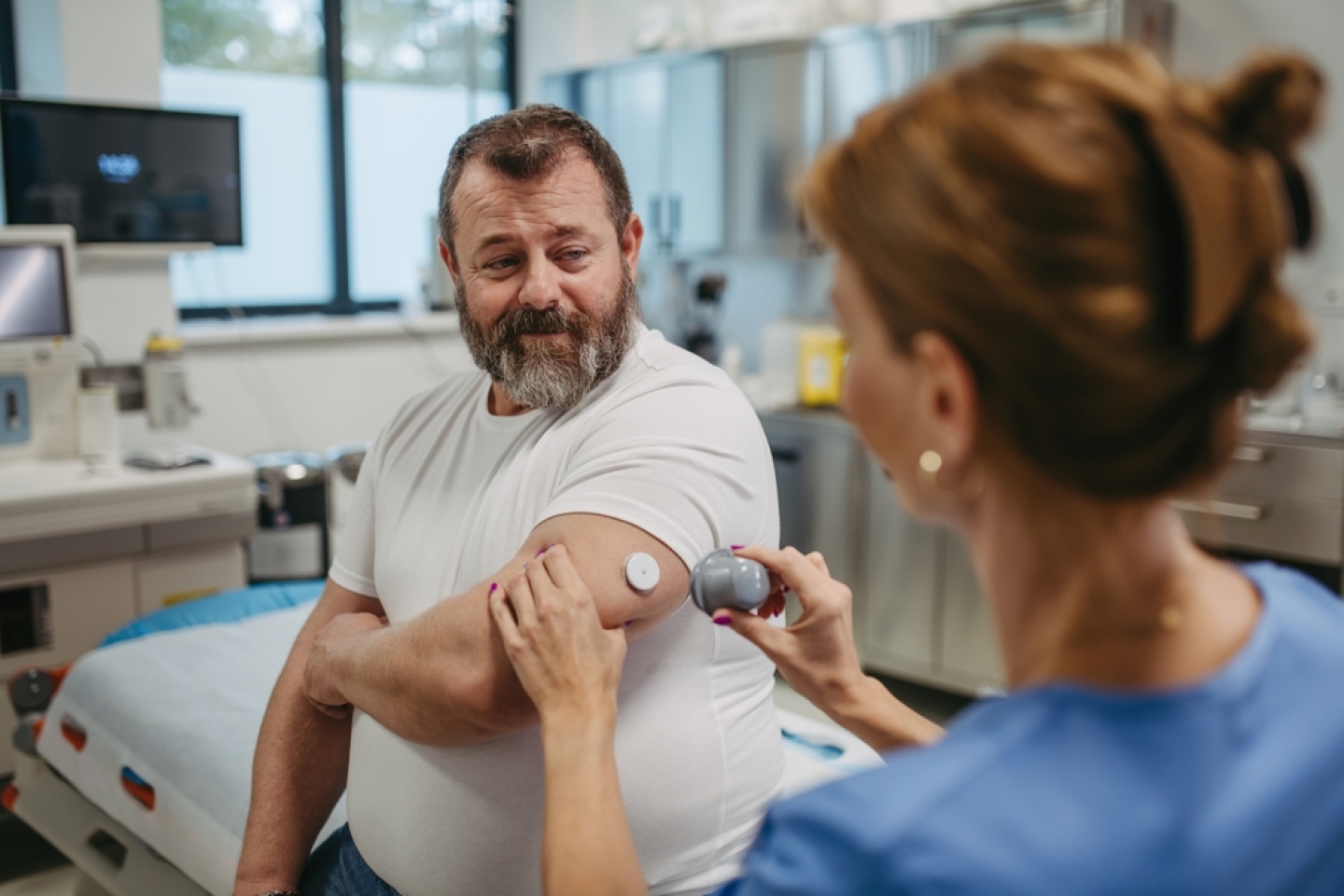
The American Diabetes Association estimates that 38.4 million Americans live with diabetes. Another 97.6 million have prediabetes, a condition that turns into diabetes if not treated properly. Managing either takes effort, which starts with knowledge.
“One in five people are not aware that they have diabetes,” says Anyanate Gwendolyne Jack, M.D., assistant attending physician at NewYork-Presbyterian Hospital and assistant professor of clinical medicine at Weill Cornell Medical College. “And more than 8 in 10 people with prediabetes are not aware that they have it.”
This November, take advantage of American Diabetes Month to fill up on diabetes data.
Though anyone can get diabetes, the following increase your risk:
When these risk factors lead to diabetes, your likelihood of other conditions grows. Your risk for kidney failure, stroke and heart attack increases. Additionally, you may experience vision loss or foot ulcers.
Proper treatment helps keep diabetes in check. First, you need a diagnosis.
Before diabetes leads to stroke or other complications, it may cause less worrisome symptoms, including:
To get control of your diabetes, pay attention to these symptoms. Discuss them with your primary care provider. A simple blood test can measure your blood sugar levels.
A fasting blood sugar of 126 mg/dL or higher means you have diabetes. You have prediabetes if you have a fasting blood sugar between 100 and 125 mg/dL. In either case, work with your provider to develop a plan to improve your health and reduce your risk for complications.
Today, there are many medications available to help manage diabetes. Your provider will help determine the best fit for you.
No matter which works for you, you can help it work through healthy lifestyle changes, such as:
As you make these healthy changes, your care team monitors how the changes affect your body. New technology makes it easier to monitor your diabetes care at home. As you track blood sugar levels, diet and exercise changes, your care team can track your progress virtually.
“This is such an exciting time in obesity and diabetes care,” says Rachel Stahl Salzman, M.S., R.D., C.D.N., C.D.C.E.S., registered dietitian at NewYork-Presbyterian Hospital and Weill Cornell Medicine. “At the core of it is always a lifestyle foundation. Digital health tools help empower people and keep them engaged with their nutrition and exercise.”
Want help detecting and managing diabetes? Find a doctor at Weill Cornell Medicine who can lend a hand.